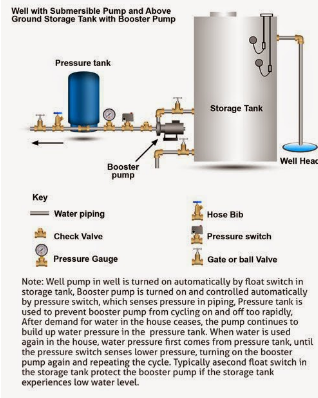
In the last few years, I’ve been leveraging PowerShell more and more. So much more, that I’m using it at home to control my fresh water well.
Before I jump head first into the land of crazy, I’m going preface, this will be split up over a few posts. My goal by sharing this isn’t to see a future full of PowerShell’d home water systems, but rather just to spark interest in others to break technical norms and explore what you can build. I can see many other uses for simple controlled SNMP devices all over.
With those two components, I have two .ps1 scripts that run. The first .ps1 is used to fill my storage tank every other day in set 15 min increments for the course of one evening. This is done by 1) reading the water level in the tank to limit the max amount of water 2) the amperage being drawn off the pump when it is running as to not damage the pump should it draw too much amps or begin to suck air. At the end of each fill, a follow-up report is sent with the details of each run. The second .ps1 reports on the tank’s water level readings sent every 12 hours. The booster pump still depends on a pressure switch to run and is not yet monitored.
Two main benefits in doing this is: 1) I know how much water is in my water storage tank, and 2) I know as soon as my deep well pump begins to have a problem, so I have time to react before all of my stored water is gone. Additionally, I have the ability to control the timing of how long and when the pump runs beyond the limits of mechanical control timers.
As you can see, PowerShell can be leveraged as your own SCADA system limited by your own imagination.
My system consists of a low power consumption PC running Windows 7 (Dell OptiPlex FX170), an APC Rack PDU AP7940 to control the well pump, and an Arduino UNO R3 with a 3 wire 15 psi water pressure sensor and a Ethernet Shield. The script makes all the calls via SNMP to read the devices and control the power to the well pump.
Components
– Arduino compatible Uno R3
– Arduino compatiable Ethernet Shield W5100
– 15 PSI pressure sensor
– USB Wall Charger
– Network Switch
– The USB Charger was laying around and everything else was easily found on a eBay.
Please refer to the following link for more information (Source , Project picture… )





COMMENTS